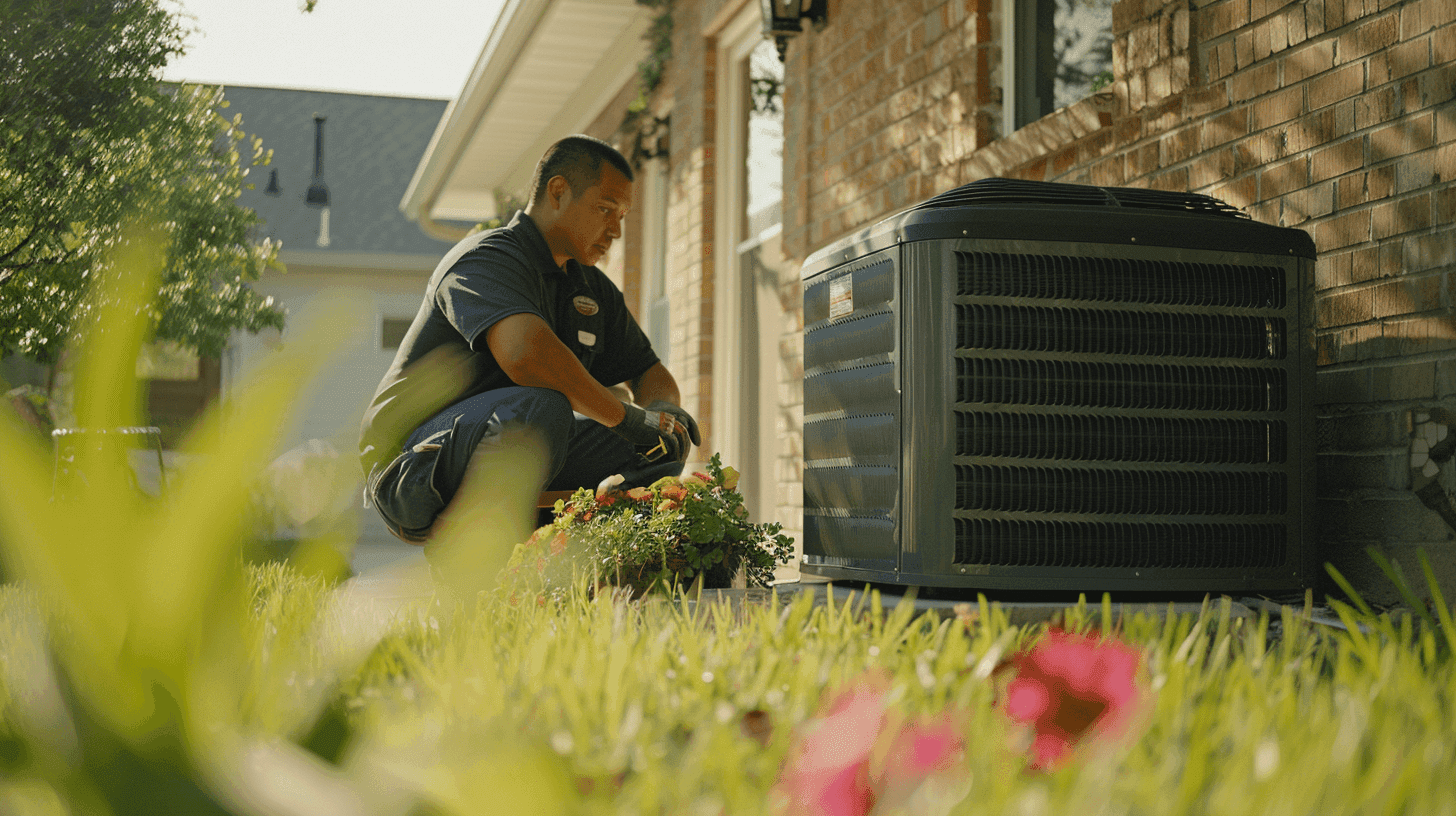Exploring Single-Stage, 2-Stage, and Variable-Speed Air Conditioners

In recent years, significant advancements have been made in air conditioning technology. Previously limited to single-stage systems, homeowners now have the option for 2-stage and variable-speed units, providing improved efficiency, comfort, and control. In this guide, HVAC.com explores the different types of air conditioner compressors to give you the knowledge needed to make an informed decision about your cooling system.
What Is a Single-Stage Air Conditioner?
Although homeowners have more options now, single-stage units are still popular, found in about 70-80% of homes. They operate at 100% capacity whenever they’re running.
The Pros and Cons of Single-Stage ACs
Single-stage air conditioners are perfect for homeowners who want a straightforward cooling system without the additional features. They’re cheaper upfront than 2-stage and variable-speed models.
But there’s a catch. Because single-stage units run at a constant speed and cycle frequently, they’re not as efficient which can cause higher energy costs and reduced comfort.
What Is a 2-Stage Air Conditioner?
Two-stage air conditioner operates at two speeds – low and high. It includes a 100% capacity setting – similar to a single-stage system – and a lower setting that operates around 60-70% capacity.
A 2-stage unit runs on the low setting most of the time, especially during mild weather when it isn’t used as frequently. Its lower setting can result in more consistent cooling and less energy consumption. It switches to the high setting on warmer days to meet increased cooling needs.
Pros of 2-Stage ACs
- Energy Efficiency: Most 2-stage air conditioners run at the low setting about 80% of the time, which can cut your monthly energy bills.
- Enhanced Comfort: Running at different speeds provides more precise temperature control and consistent comfort.
- Quieter Operation: Operating at a lower speed can reduce noise levels compared to single-stage AC units, causing less distraction.
Cons of 2-Stage ACs
- Two-stage air conditioners cost more compared to single-stage units, making them less attractive if you’re on a tighter budget.
- A more intricate design and additional components can also lead to higher maintenance and repair needs.
What Is a Variable-Speed Air Conditioner?
Unlike single- and 2-stage AC compressors, variable-speed systems can run at a variety of speeds – typically anywhere from 25-100% capacity – based on the temperature, humidity levels and expected cycle time needed to reach the desired temperature.
Pros of Variable-Speed ACs
- Increased Efficiency: Variable-speed air conditioners adjust their output based on the home’s current cooling requirements. Running at lower speeds results in maximum energy efficiency and lower utility bills.
- Consistent Comfort: Adjusting the speed gives you better control over the temperature and ensures that cool air is evenly spread throughout your home for maximum comfort.
- Humidity Control: Variable-speed AC units can effectively dehumidify the indoor air to enhance comfort levels and prevent moisture-related issues.
Cons of Variable Speed ACs
While variable speed compressors offer exceptional efficiency and comfort, they are more expensive compared to single- or two-stage systems which might discourage some homeowners. Additionally, their advanced technology may require specialized maintenance and repair services, potentially leading to higher service expenses over time.
Choosing Between Single-Stage, 2-Stage, and Variable Speed ACs
Confused about what type of system is right for you? Take into account your budget, climate, and specific cooling needs. While 2-stage AC units offer improved efficiency and comfort compared to traditional single-stage systems, variable-speed AC units provide even greater energy savings and customization options. Speak with a local HVAC contractor to determine which type of system best fits your needs.